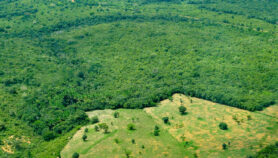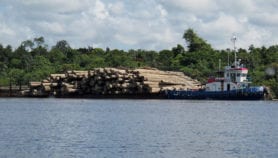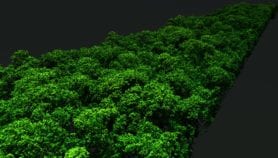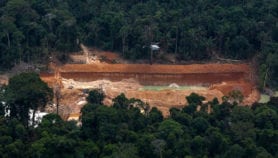By: Cássio Quiterio
Send to a friend
The details you provide on this page will not be used to send unsolicited email, and will not be sold to a 3rd party. See privacy policy.
[SAO PAULO] Forests in the Amazon are much more resilient to drought that previously thought, researchers have found.
A study published in Science last week (21 September) suggests that forests showed increased — not decreased — levels of photosynthesis in response to a drought.
Researchers concluded that canopy vegetation, composed mainly of leaves of the upper parts of trees, is capable of increasing photosynthesis during drought periods of up to two years.
Scientists used satellite data to construct a model to measure and compare the green areas of certain parts of the Amazon during widespread drought in 2005, the most extreme since 1999.
They found that the region’s "greenness" — linked to photosynthetic activity — did not decline, as expected in drought conditions, but actually increased significantly.
Humberto Ribeiro da Rocha, one of the researchers, from the University of Sao Paulo, Brazil, said the results showed that the forest’s reaction to limited water is much more favourable to forest survival than expected from most large scale numerical models.
Rocha suggested that the extensive reach of the trees’ roots may enable them to reach water reservoirs deep in the ground. "Today there is already reported evidence of humid tropical forest trees in Amazonia that reach soil water up to ten metres deep in drought periods, without losing water through evaporation," he told SciDev.Net.
He added that the forest may not necessarily maintain the same biomass in these situations.
But the results do not reduce the threat of global warming that could turn the Amazon into savannah, Rocha warned. He said thatif the climate becomes constantly hotter and drier, even deep water reservoirs could be depleted.













